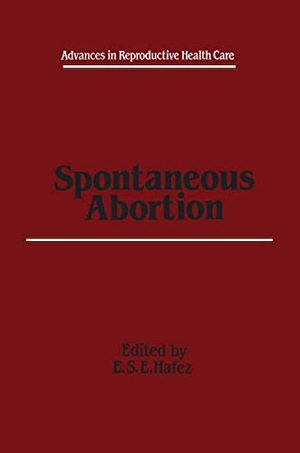
Spontaneous Abortion
- Springer Netherlands
- 2012
- Taschenbuch
- 420 Seiten
- ISBN 9789401097918
This series of volumes dealing with reproductive health care has as its primary objective the improvement of the quality of human reproduction. The of knowledge and new technology give us opportunities as never explosion before to accomplish this end. The Editor has brought together contributors who are outstanding scientists from around the world. A number of the authors have personally made significant contributions to our body of knowledge in reproductive medicine. Bringing all this information together in an easily readable format is a great service. This is essential reading for all concerned with the control and improvement of human reproduction and the correction of its many
Mehr
Weniger
zzgl. Versand
in Kürze